Determining what board to use for floating shelves? can greatly influence the style, functionality, and durability of your home decor. Floating shelves have become an essential element in contemporary interior design, appreciated for their minimalistic appearance and practical benefits. Choosing the right type of board for these shelves not only ensures stability but also enhances your space's aesthetic appeal. This comprehensive guide explores different boards available, helping you make an informed decision when installing floating shelves.
Build Floating Corner Shelf | Live Edge Floating Shelves Easy Making | 2025 Shelves You Should Have
Hardwood Boards: Timeless and Durable Options
When exploring options for floating shelves, hardwood boards are often at the top of the list due to their durability, beauty, and overall reliability. Their dense nature ensures they remain stable over time, handling significant weight effortlessly.
Oak Boards: Classic Strength and Versatility
Oak remains one of the most sought-after choices when homeowners wonder, "What wood is best for a floating shelf?" Oak boards provide excellent structural integrity, allowing your shelves to support heavy items such as books, decorative pieces, and even kitchenware without sagging or warping. Oak’s grain is uniquely attractive, offering an elegant, timeless aesthetic suitable for traditional, rustic, and modern interiors. Its versatile nature also allows staining or finishing, making it easy to match your existing furniture and decor.

Buy now: Live Edge Wooden Floating Shelf
Walnut Boards: Elegant Appearance and Superior Quality
Walnut boards are frequently considered the best wood for floating shelves when a luxurious and refined look is desired. Walnut wood’s rich, dark tones add warmth and sophistication to any room. Although slightly more expensive than other hardwoods, walnut offers exceptional quality and aesthetic value. It is highly resistant to dents and scratches, ensuring your floating shelves remain beautiful for years. Walnut boards are perfect for enhancing spaces such as living rooms, home offices, or formal dining areas, instantly elevating the overall ambiance of your interior.

Maple Boards: Bright, Smooth, and Modern
Maple boards are ideal for homeowners seeking a lighter, brighter appearance for floating shelves. Maple has a fine, uniform grain that offers a smooth, sleek finish suitable for painting or clear coats. Its neutral tones make it perfect for contemporary or minimalist interior styles. Maple shelves resist warping effectively, providing sturdy storage capable of withstanding regular use. If you're looking for a board that complements a modern, Scandinavian-inspired aesthetic, maple boards offer both functionality and visual appeal.

Softwood Boards: Cost-Effective and Versatile Solutions
Softwoods offer affordable alternatives when considering what board to use for floating shelves?. While they may not possess the extreme durability of hardwoods, they offer significant value and aesthetic flexibility, particularly for lighter-duty shelving needs or budget-conscious projects.
Pine Boards: Budget-Friendly and Charming
Pine is a popular softwood used for floating shelves because of its affordability and appealing natural grain. Although pine is softer and lighter, it provides ample strength for typical shelving uses like holding decorative items, small plants, or personal items. Pine’s light color and visible knots lend themselves well to rustic or farmhouse-inspired interiors. With proper finishing, pine boards can achieve a polished look without breaking the budget, making them an accessible option for most DIY home projects.

Cedar Boards: Moisture-Resistant and Aromatic
Cedar boards offer unique benefits, including natural moisture resistance and insect-repellent properties. Cedar shelves are excellent choices for areas prone to moisture, such as bathrooms, kitchens, or laundry rooms, as cedar naturally resists mildew and mold. Its distinctive reddish-brown hue and characteristic scent enhance the overall sensory experience in your living spaces. Choosing cedar for floating shelves not only provides functional benefits but also adds a rustic charm to your interior decor.

Spruce Boards: Lightweight and Functional
Spruce boards are an economical and practical option for floating shelves intended for lighter loads. They are easy to work with and simple to install due to their lightweight nature. While spruce shelves may not handle extremely heavy items, they are ideal for displaying small decor pieces or organizing lightweight items. Spruce’s understated appearance fits seamlessly into modern, minimalist spaces where simplicity and functionality take priority.

Engineered Boards: Practicality and Stability
Engineered boards like MDF, plywood, and particleboard are increasingly used for floating shelves because of their affordability, stability, and consistency. Understanding the characteristics of these engineered materials can help you decide if they suit your shelving needs.
MDF Boards: Smooth, Affordable, and Ideal for Painting
Medium-density fiberboard (MDF) offers a smooth, uniform surface perfect for painting or applying laminate finishes. MDF boards are affordable, easy to shape, and less prone to warping compared to some natural woods. However, they require careful finishing or sealing to prevent moisture damage. MDF shelves excel in interior settings where humidity control is not a concern, making them a versatile choice for living rooms, bedrooms, or home offices.
Plywood Boards: Reliable Strength and Durability
Plywood boards are an excellent option when strength and stability are critical. Made from layers of wood veneers bonded together, plywood resists warping and twisting remarkably well, making it suitable for floating shelves designed to hold heavier items. The visible edges of plywood may need treatment or decorative edging, but overall, plywood offers durability and performance at an affordable price point. If you're seeking strength and longevity without investing in solid hardwoods, plywood is a practical and robust choice.
Particleboard: Budget-Friendly but Limited Durability
Particleboard is the most economical engineered board but has notable limitations regarding strength and moisture resistance. It works best for floating shelves supporting lightweight items, like small decor or photo frames. Particleboard shelves typically come pre-finished with laminates or veneers, providing an aesthetically pleasing surface at minimal cost. However, particleboard is less durable and may deteriorate if exposed to moisture or heavy use. It's best suited for temporary or decorative shelving rather than permanent installations.
Why Choose SpryInterior for Your Floating Shelves?
Choosing the right board is essential, but so is selecting a trustworthy provider to ensure quality, longevity, and visual appeal. SpryInterior stands out as an ideal choice for floating shelves, offering expertly crafted shelves tailored to meet diverse preferences and needs.
Expertly Crafted Shelves with Premium Materials
SpryInterior takes pride in creating floating shelves using premium hardwood boards such as oak, walnut, and maple. Each shelf undergoes meticulous craftsmanship to ensure exceptional quality, beauty, and stability. When purchasing from SpryInterior, homeowners receive floating shelves that enhance their space's elegance and functionality, ensuring that each shelf complements the room perfectly.

Customization to Suit Your Home
Every home is unique, and SpryInterior recognizes the importance of customization. Offering a wide range of choices in sizes, wood types, finishes, and design elements, SpryInterior ensures your floating shelves match your style preferences and practical needs. Whether you desire contemporary walnut shelves, rustic cedar options, or sleek painted MDF shelves, SpryInterior provides personalized solutions.

Unmatched Customer Service and Satisfaction
SpryInterior emphasizes exceptional customer service, guiding clients from design selection to installation advice. Professionals assist in making informed choices, addressing questions like "What is the best thickness for floating shelves?" to ensure structural integrity and optimal aesthetics. SpryInterior’s commitment to customer satisfaction guarantees you’ll receive floating shelves that surpass expectations.
Conclusion
Selecting the right board type profoundly affects your floating shelves' style, durability, and functionality. Whether choosing luxurious walnut, affordable pine, practical plywood, or moisture-resistant cedar, considering your needs and preferences is crucial. To ensure you receive exceptional quality, personalized designs, and unmatched service, SpryInterior’s Floating Shelf is your ultimate choice, combining beauty, reliability, and functionality perfectly suited for contemporary homes.


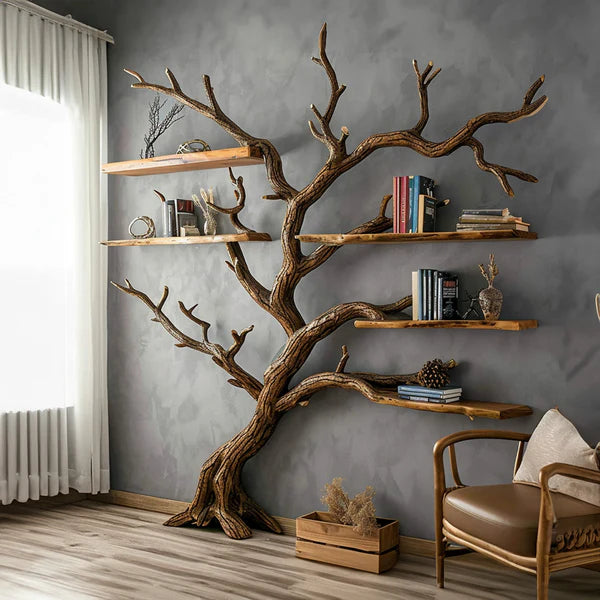
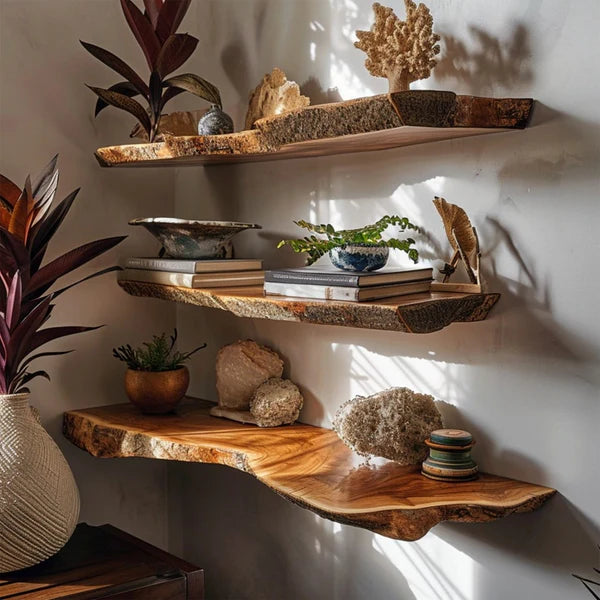
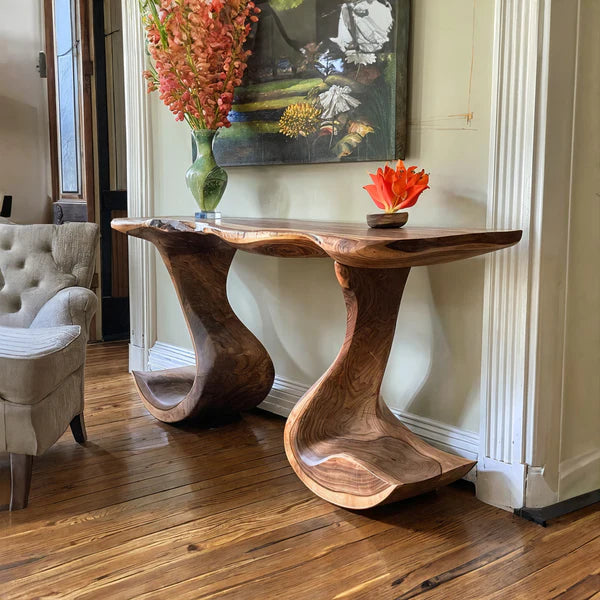

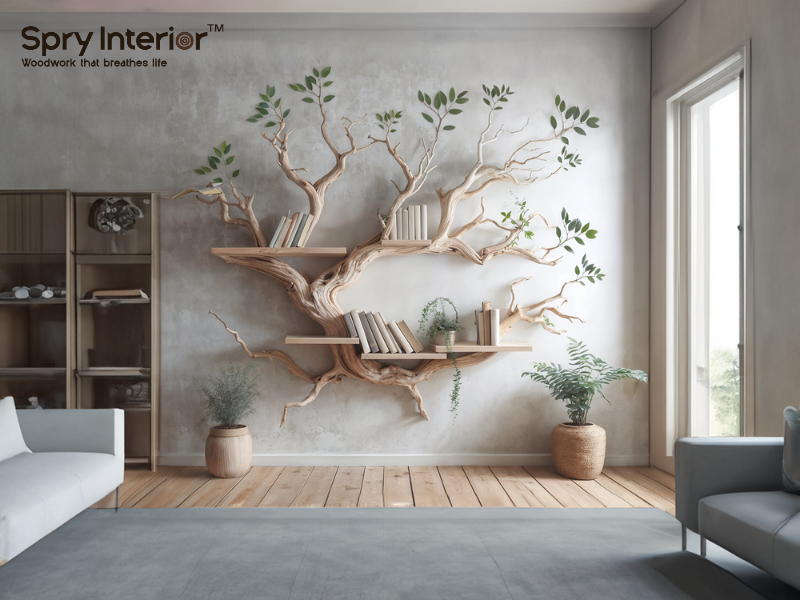
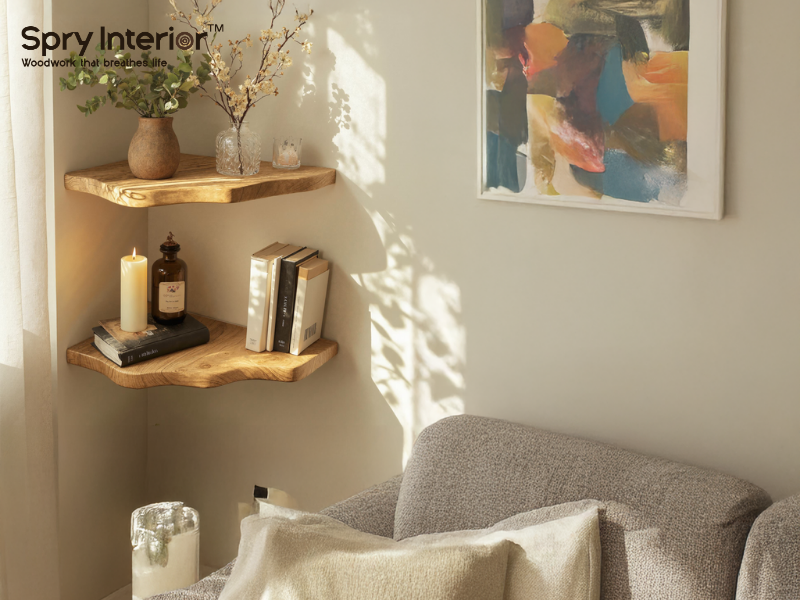
Leave a comment
This site is protected by hCaptcha and the hCaptcha Privacy Policy and Terms of Service apply.